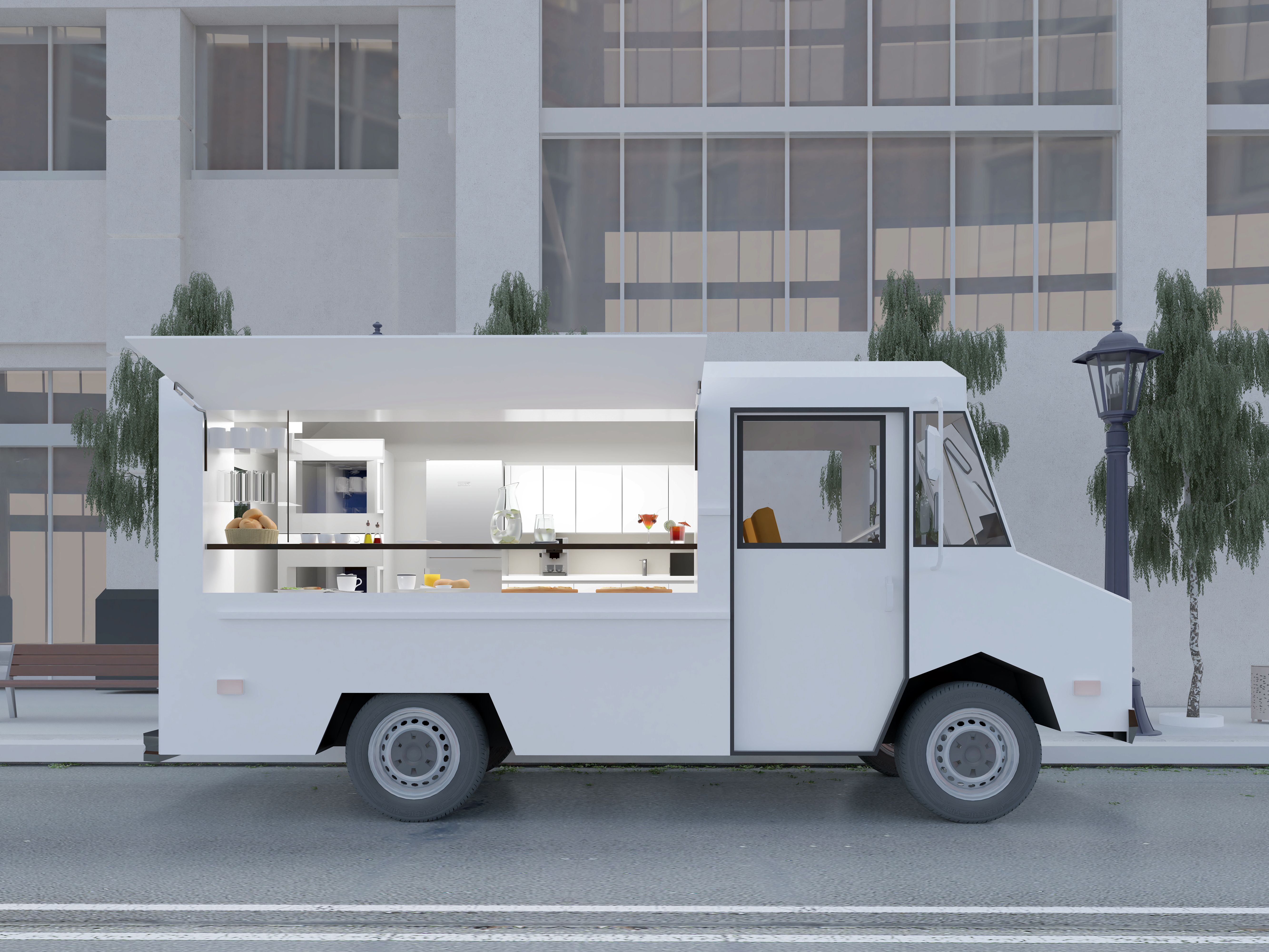5 Hidden Costs a Mobile Kitchen Eliminates (That Brick-and-Mortar Owners Still Pay)
Uncovering the Financial Benefits of Mobile Kitchens
Rents and build-out prices have jumped 15–20 % since 2019, squeezing restaurant margins to the thinnest on record. A custom kitchen trailer sidesteps several stealth expenses that quietly drain cash from fixed locations.
Here are the top five:
1. “NNN” Lease Pass-Throughs
In most commercial spaces you pay more than base rent—you also shoulder property taxes, building insurance and common-area maintenance (CAM) under a single-, double- or triple-net (NNN) lease. Those extras can add 5–10 % to annual occupancy costs. A mobile kitchen parks on private lots or city street permits, so you skip the pass-through altogether.

2. Expensive Renovations and Maintenance
Opening a traditional restaurant often involves substantial renovation costs to create the right ambiance and meet local regulations. Once operational, ongoing maintenance costs can add up quickly. Mobile kitchens bypass these requirements, as they are designed to be fully functional with minimal setup. This allows entrepreneurs to focus their resources on improving their menu and customer service rather than worrying about constant upkeep.
Moreover, mobile kitchens are typically easier and more cost-effective to maintain. Regular upkeep involves less intensive procedures, meaning fewer disruptions to service and less money spent on repairs.
3. Staffing Costs
Large restaurants often require a significant number of staff to operate efficiently, which translates into high labor costs. Mobile kitchens operate on a smaller scale, often requiring fewer employees. This streamlined approach not only reduces payroll expenses but also allows for more personalized service, creating a unique dining experience for customers.

4. Marketing and Advertising Expenses
Traditional restaurants often need to invest heavily in marketing and advertising to attract customers to their static location. Mobile kitchens, however, have the advantage of mobility, allowing them to reach a wider audience by traveling to various locations and events. This organic form of marketing can be incredibly effective and cost-efficient, as each new location offers an opportunity to engage with potential customers directly.
5. Regulatory and Licensing Fees
Operating a stationary restaurant involves navigating a complex landscape of regulatory requirements and licensing fees that vary by location. Mobile kitchens face different regulatory challenges but often encounter fewer fees and less red tape compared to permanent establishments. This can lead to substantial savings over time, allowing business owners to allocate resources more effectively.
When you add up pass-through rent, build-out debt, unused dining space, extra payroll and recurring maintenance, a brick-and-mortar can bleed tens of thousands every year that a mobile kitchen never sees.
Ready to keep that money in your pocket? Talk to Gunavel Bakery Inc. about designing a custom, code-ready kitchen trailer—so you roll out hot food, not hidden costs.